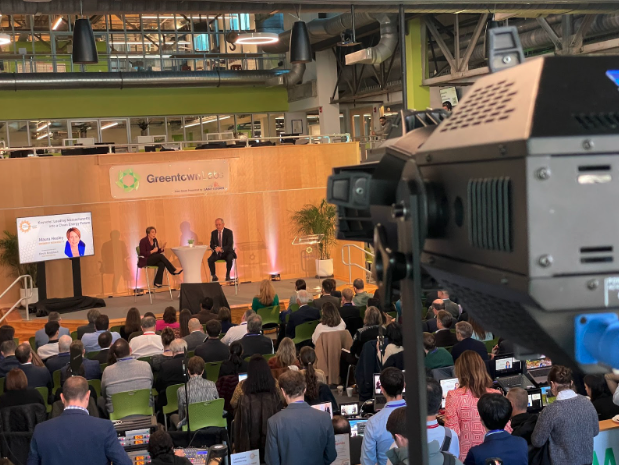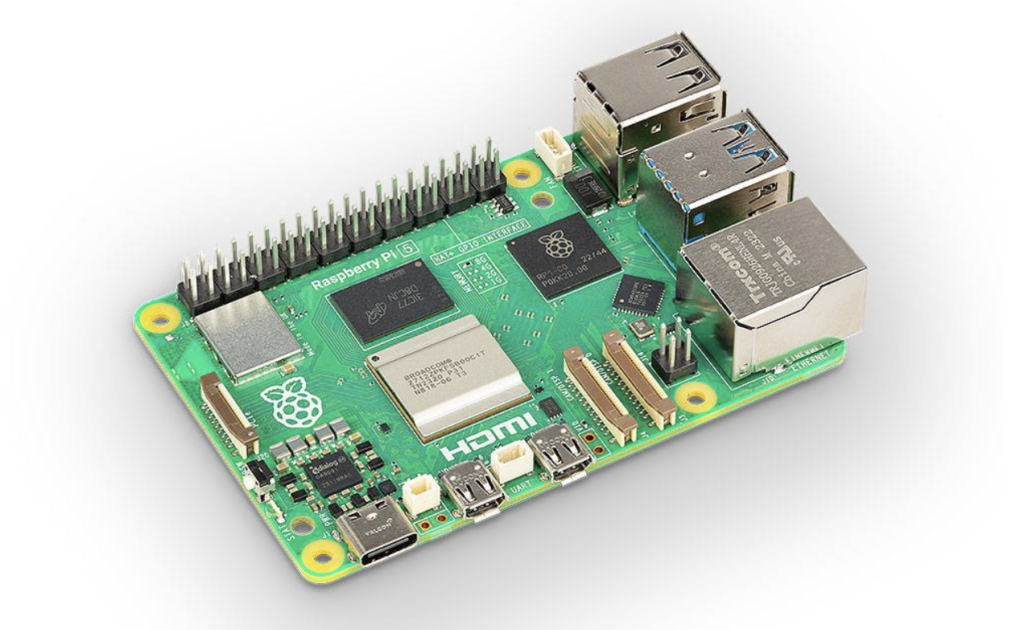
To understand how your product idea will later weigh in the marketplace, you should ask calculated questions early in the product development process. Here are techniques you can use to solicit purposeful feedback when showing off your new product.
How to Solicit Purposeful Feedback for Your New Product
Ways to Garner Useful Feedback When Developing a New Product
While it’s inevitable that you’ll prototype alone or in a small group, showing your concept to others is incredibly important. Throughout your product’s entire development process, you should stay inquisitive about other’s perspectives to ensure you’re fulfilling the product’s purpose and not missing any potential opportunities.
Here are the ways to solicit purposeful feedback for your new product at each stage in the product development process.

These “chameleon goggles” were quickly prototyped and then brought to the playground for user testing and feedback from family and friends.
Napkin Sketch Feedback
In the beginning of your product development process, regardless if your product’s been prototyped before, it’s still important to solicit feedback on even just a concept.
We have all had those lightning bolt moments where a new product idea hits you like a ton of bricks and you’re certain it will be the next big thing. While your instinct at this stage is to keep your shiny new idea to yourself, this is actually a great time to verify your product idea and even expand on your concept.
Ask Friends and Family, but Beware…
Since the product idea is in its infancy, you may have the concept just in your head or on a rough sketch. During this stage, it’s understandable if you only feel comfortable sharing with family and friends because you trust them with your idea and you already have a communication line. Just approach carefully.
Keep in mind that feedback from close individuals has the potential to be misleading. Friends and family want to encourage you to be successful, but they might value your feelings over the quality of the feedback. This might lead them lie to your face, even if they think it is a stupid idea.
Be Open-Ended and Stay Modest
That’s why you should avoid asking questions, such as “Is this a good idea?” where they’re cornered into a singular answer. De-risk the situation by being deprecating and humble.
Lead with a more open-ended script such as “You know I always come up with silly ideas, and I had a concept for a new product the other day. Before I devote any more time to it, I want to see if something like this would solve a problem for you too.”
Keep in Mind the Problem at Hand
A script like this will invite more introspection on their part and encourage them to think of additional ways it could be used or features that they might add. The key feedback at this stage is not whether the idea is good, but that you have identified a good problem to solve.
If you are getting feedback like “I always have that problem,” or “Why hasn’t someone come up with something for that yet,” you know you have found a pain point that a good product can eliminate.
Early Prototype Feedback
Feedback from early stage prototyping is valuable as it is the first time people can physically see and interact with the product being designed. The key to an early stage prototype for consumer testing is being built to the “Goldilocks” standard, aka “just right.”
An early stage prototype needs to look good enough to keep users in the moment but has as little as possible spent on the details that make it a manufacturable product. The goal is to keep as much flexibility in the design as possible so there’s room for user feedback to make the product better.
Take General Consumer Use Products to the Streets
Finding an audience to give feedback need not be formal or take a lot of time. Once the prototype is ready, you can literally take it to the street to get consumer insights.
If the product is for general consumer use, you can approach people in public areas and ask folks for their time (considering proper COVID-19 safety measures).
Bring Niche Products to Potential End Users
If the product is more niche, you may want to bring it to a gathering of folks who would be the end users. Reach out to people in forums and set up a video conference to demonstrate the product.
Once engaged in a dialog with a user, ask open-ended questions to allow people to tell you about their specific habits and the environment where the product could be used.

Last year, in the Dominican Republic, students from the Innovation Bootcamp brought their Goldilocks prototypes to the Parque Colon to solicit feedback from strangers and potential customers.
Prepare a Script
It helps to have a script prepared before surveying people. Start by politely asking for a few minutes of their time to show them your prototype. After you gain consent, ask your key questions.
You can start the conversation with open-end questions like “What’s your experience?” and “What parts are pain points for you?” Then show them the prototype, explain the use case and features. Other questions to ask are “Could you see yourself using a product like this?” and “How much would you pay for this product at retail?”
Keep Records of the Product Scrutiny
Take copious notes and gauge reactions as well as responses. While this feedback may not be from friends or family, people will try to be polite, especially when face to face and fayne liking it. That’s why it’s important to pay attention to initial reactions since they are hard to mask.
After 5-10 people, you should have a catalog of great feedback and concepts that you can use (or not) in the next iterations of the product.
Advanced Prototype Late Stage Feedback
The process of user testing and feedback should continue throughout the prototyping process and into production. Since the design is more locked down as the development continues, the testing will become more targeted.
For example, you may not be trying to figure out if it is a good idea or what core features to add, but you may be testing different geometry for a handle or the design of the screens for a display.
Later stage testing will be more formal than feedback processes before. The sessions should be longer than a chance meeting on the street and you will likely find some bespoke space to invite key users. You will need a plan with clear goals and a script to help guide the conversation.
Intellectual Property Considerations
Throughout the testing and feedback process, it is important to protect any patentable features that you may have developed. Before you begin any session, testers must sign NDAs to help protect your intellectual property.
In later stage testing, this is a little bit easier to control as the product may already be patent-pending so testers expect to sign NDAs for formal testing sessions. However, during earlier stage testing, it can get muddier. While a random person you show your prototype to in a park is unlikely to steal your idea, it is not that risky from a legal standpoint either.
Public Disclosure
The key to protecting your intellectual property is what constitutes a public disclosure. Private conversations in your own home with friends, family or with select people you meet on the street are not typically a valid public disclosure.
However, if you post pictures online, sell the product or show it at a large group meeting like a tradeshow, you have likely made an official public disclosure. Fortunately, in the US and some other countries, you still have one year to file a patent from the date of the first public disclosure, so there is still the ability to file patents even if you make a mistake. In any case, it is advisable to seek advice from a patent lawyer throughout the process, so you can be sure you and the product are protected.
Make Participants Feel Relaxed and Offer Rewards
You should provide a comfortable and fun atmosphere to help your testers feel at ease to speak freely. The more comfortable they are, the more candid the feedback, which in the end will help your product.
It’s also recommended to offer a small honorarium in exchange for their later stage participant’s time, which can take quite a bit of time. Many companies provide rewards in the form of gift cards.

At CES 2020, our client, True Drive, at CES 2020, shows the product to get consumer feedback.
Enventys Partners Expert Feedback
Our development team can provide methodical and actionable feedback to help grow your product idea, no matter the stage it is at. Reach out to our team and let’s start molding your concept into reality.
Work With Us
Want to learn more about how we’d prepare your product for launch? Request a quote today.
Want To See This Advice In Action?
Check out our case studies and learn more about how we’ve achieved stellar results for our clients.



